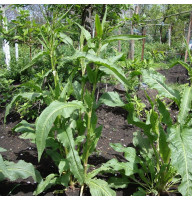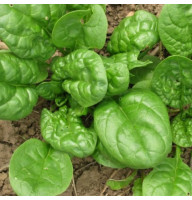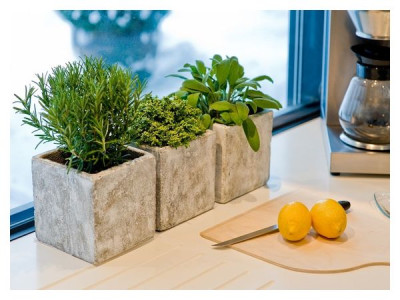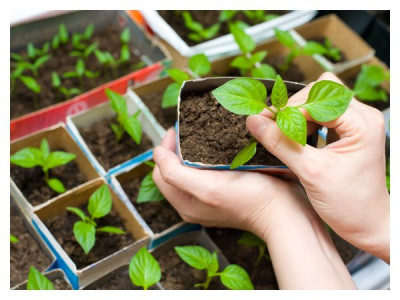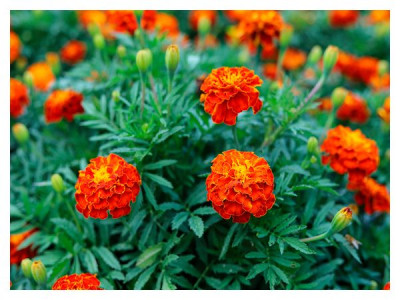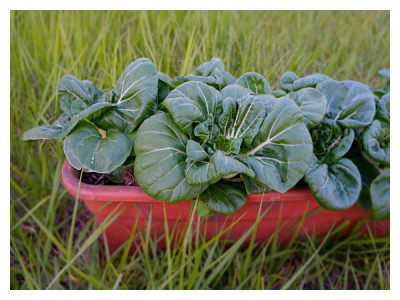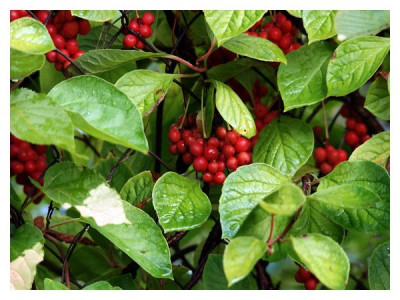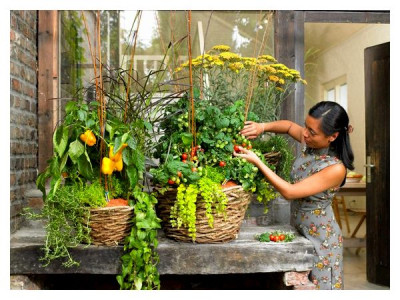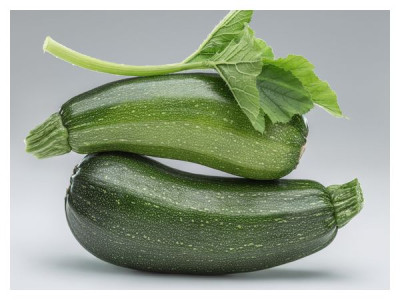Spinach is a healthy leafy green that has become increasingly popular in recent years. This plant is successfully used in medical nutrition. Due to the high content of protein, iron, carotene, ascorbic acid, fiber, macro- and microelements, as well as a whole complex of biologically active substances, spinach is useful for adults and children.
It is used to increase hemoglobin and stimulate metabolism, as a vitamin and general tonic, it is included in the vegetarian menu. One of the distinguishing features of this plant is the resistance of carotene and ascorbic acid present in spinach to temperature effects during cooking, which, you see, is important.
Currently, you can buy garden greens in the supermarket all year round. However, home-grown grass is always much fresher and tastier. Especially when you consider that you do it with love and joy. Spinach feels great not only in the garden in the warm season, but also on the windowsill of a city apartment in the cold. So, I will tell you about how to grow spinach on the windowsill and take care of this healthy greens at home.

Lighting
Spinach, as, indeed, all leafy greens, is a light-loving plant, which, with a lack of lighting, begins to wither, and there can simply be no question of any decent harvest. It is advisable to break an indoor garden on the windowsill of a window facing south. If this is not possible, then the problem is solved by creating additional lighting for plants.
In this capacity, fluorescent lamps or special phytolamps installed at a height of about 60 cm above the greenery are suitable for you. The total duration of daylight hours for this vegetable crop is at least 10 hours, respectively, in winter, it is advisable to carry out supplementary lighting for at least 4 hours, and in gloomy cloudy weather - the whole day.
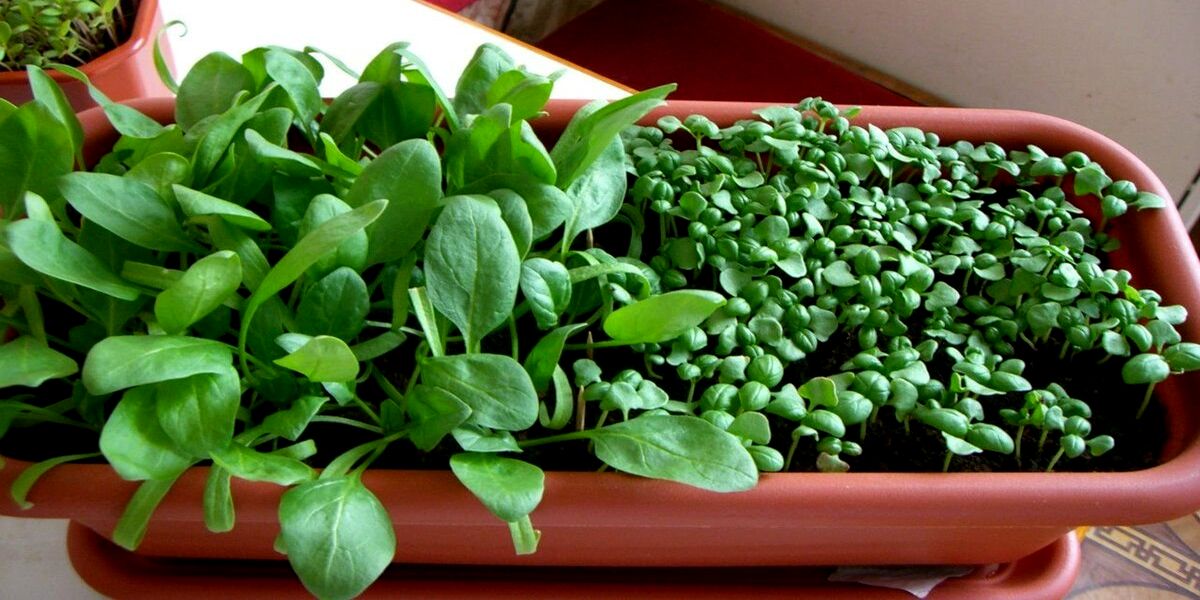
Container for growing spinach on the windowsill
For this vegetable crop, flower pots (plastic, ceramic, clay) and boxes (wooden or plastic, about 20 cm high) are also suitable, as long as they have drainage holes to remove excess moisture. Each plant needs about 8x8 cm for full growth, nutrition and development. In the box, the entire area can be divided into squares to determine the number of plants planted.
A drainage layer (about 3 cm) is poured at the bottom of the landing tank, for which both small pebbles and expanded clay are suitable. Often, broken bricks are used for these purposes.
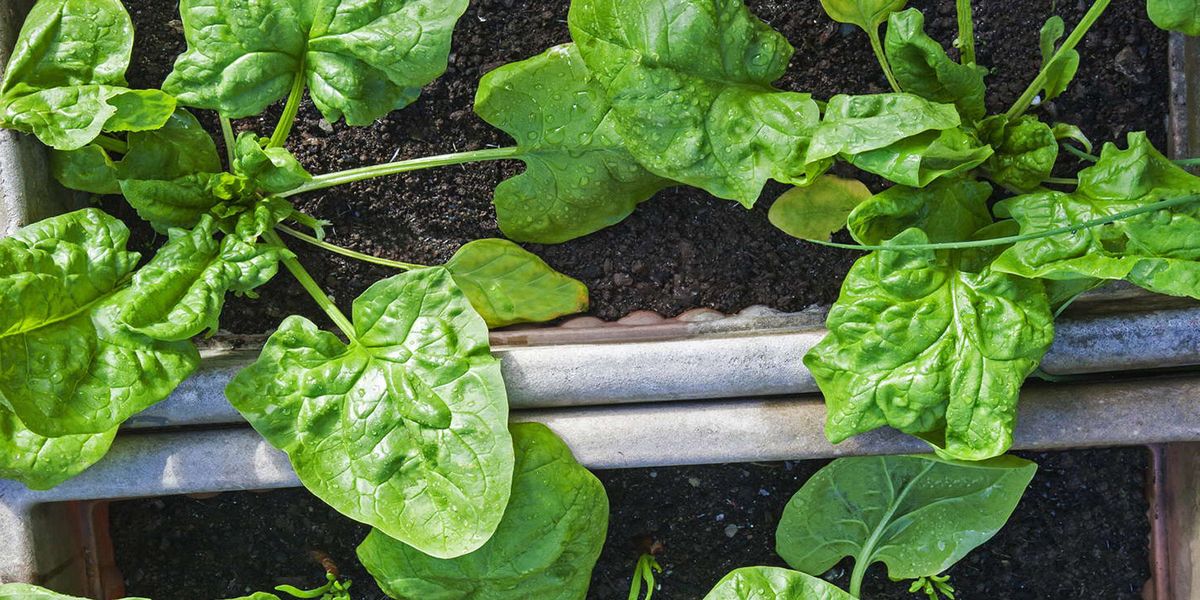
The soil
Loose fertilized soil is needed for greenery. You can make your own mixture. To do this, you will need garden soil (if it is not acidic) and humus, which must be mixed in arbitrary proportions and kept in the oven for at least half an hour (this way you will get rid of all kinds of pests and pathogens).
Another option for the soil substrate for growing spinach is a combination of vermicompost (1 part) and coconut fiber (2 parts). These fibers effectively retain moisture, preventing drying out or, conversely, stagnation of the liquid in the pot.
And you can buy universal soil or soil intended for seedlings. Just carefully read the composition of the soil mixture - acidic soil types are not suitable for spinach and, accordingly, there should not be peat in the composition, which leads to oxidation.

Planting material
It is advisable to plant early-ripening varieties, which in 30 days will delight you with the first harvest. For example, the Matador variety has slightly corrugated leaves, but the Giant variety is oblong, slightly elongated, with slight blistering. The Victoria variety gives an excellent harvest. Seeds can be purchased from our store.
Before planting, the seeds should be soaked in warm water for 24 hours, so you will speed up the germination process. After this procedure, the seeds must be additionally kept for 2-3 hours in a barely pink solution of potassium permanganate, then blotted and dried.
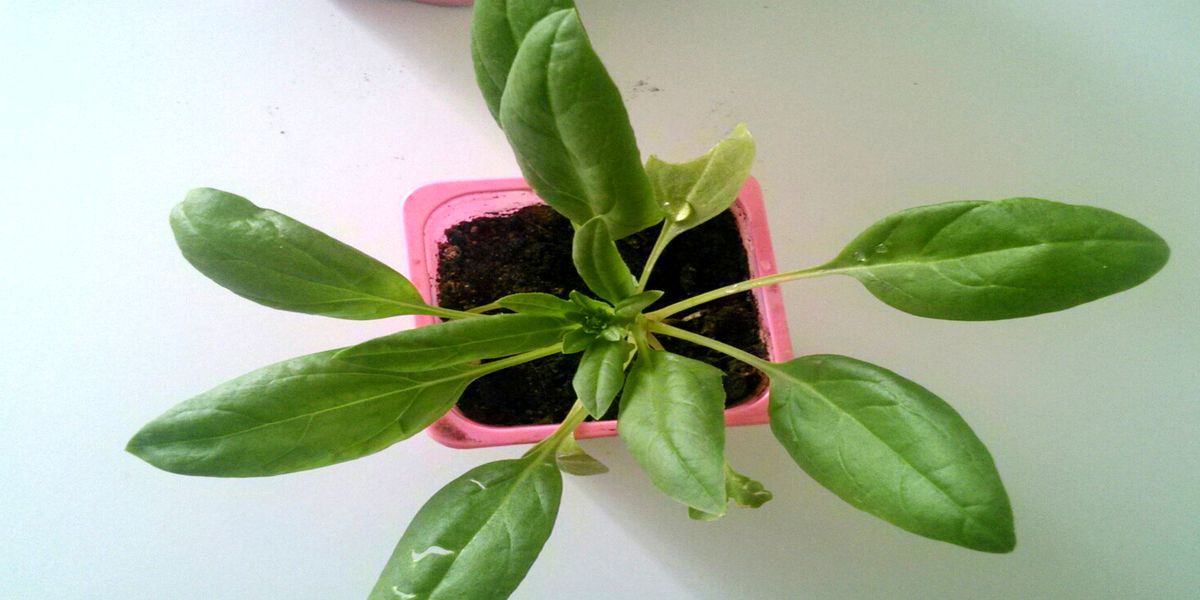
Sowing
It is recommended to first sow the seeds in a special planting box (pot), and after the appearance of 2-3 strong leaves, they should be dived into permanent habitats. Make planting strips with a depth of 1 to 1.5 cm, put seeds in them, lightly cover with a layer of soil and irrigate with a sprayer. Cover the container with glass or film to create a greenhouse effect. Expect sprouts to appear in 5-6 days. After that, immediately remove the film (glass).
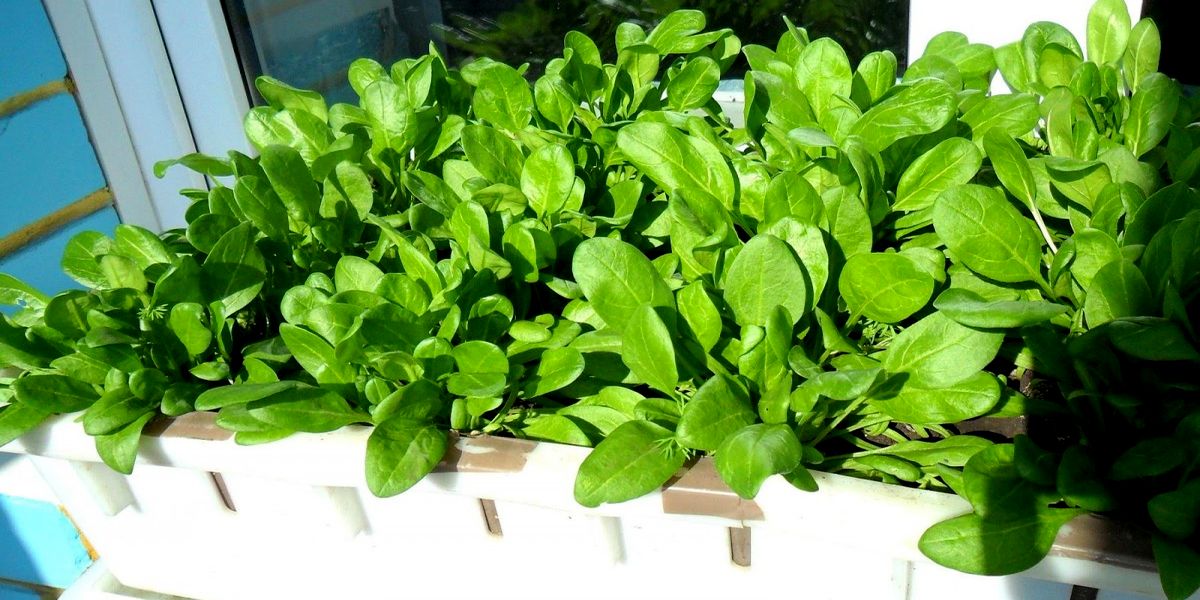
Spinach care
Spinach dives perfectly, the main thing is accuracy and respect for the root system. Before extracting the sprouts, moisten the soil abundantly, and transplant all the plants one at a time to a permanent place. Don't forget to water them.
This culture is moisture-loving; in dry air, the plant may begin to wither, which leads to its death. Therefore, in addition to regular watering, the leaves require additional irrigation from a spray bottle, especially in winter, when heating devices are turned on in the rooms. You can also put several open containers of water on the windowsill.
The most favorable temperature for the growth and development of spinach is about +15°C, which can be arranged, for example, on a glazed balcony (the main thing is that the temperature does not fall below +9°C). Do not forget to observe the conditions of humidity. To create the effect of a greenhouse at low humidity, you can periodically cover the plant with polyethylene. At temperatures above 16°C, spinach shoots arrows very quickly, making its leaves unsuitable for human consumption.
Watering the plant requires moderate and frequent. Try to avoid stagnant moisture so that fungal infections and rot do not begin to develop.

Harvest
When the spinach reaches a height of about 7-8 cm and in the presence of 5-6 large dense leaves, you can begin to enjoy the greens. You can cut spinach leaves for two or even three months, until the first flower arrow appears, after which the plant can be removed, and the next batch can be sown in its place. Do not forget to pre-fertilize the ground when re-sowing, for which organic flower fertilizers (complex) are suitable.
Having mastered this simple science of how to grow spinach on a windowsill, you will be provided with an excellent source of valuable substances and tasty food rich in vegetable proteins all year round.

